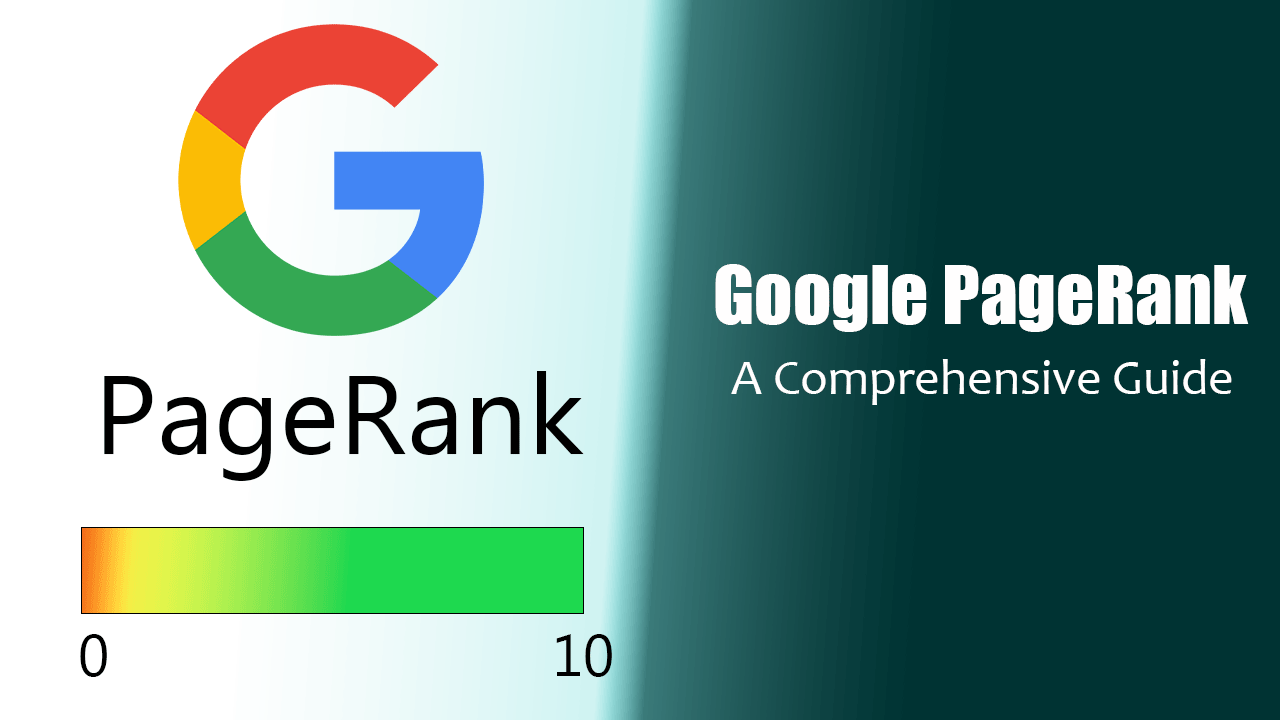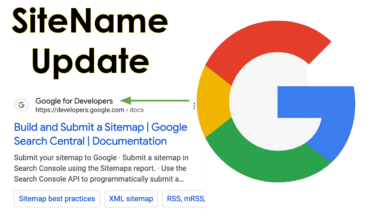Many factors contribute to a website’s ranking, such as content quality, website EEAT score, backlink profile, brand popularity, etc. You may have come across terms like domain authority, page authority, or PageRank. If not, don’t worry. We’ll explain these concepts in this article.
Page authority is crucial for ranking your content in search results. So, let’s delve into what Google PageRank is, how it works, and whether it’s still relevant in 2024. We’ll also discuss how to improve the PageRank of a website.
Page authority is a measure of a page’s value, influencing how the content on the page appears in search results. The term “page authority” was coined by Moz, a leading SEO company. They define page authority based on backlinks or off-page SEO of the content only. On the other hand, PageRank considers a variety of essential factors.

While it’s true that page authority can be increased by providing external site backlinks to a specific page. But for PageRank, it’s not the only determinant. Other factors contribute to it, including:
- Content Quality: The content should cover all aspects of the subject.
- Website structure: A well-structured website is easier for search engines to crawl and index.
- Internal backlink to the content: Links within your website can help distribute PageRank.
- HTML5 semantic tags: These help search engines understand the content and context of your website.
- Schema Markup: This is a type of microdata that makes it easier for search engines to parse and interpret your website’s information.
- Off-Page SEO: involves activities that drive traffic and link juice to your website from other sites.
How PageRank was/is Calculated?
Google formulated a complex algorithm called PageRank to rank websites in its search results. It’s based on a mathematical formula, but let’s try to understand it in simpler terms.
The formula to calculate PageRank is
PR(A) = (1-d) + d (PR(T1)/C(T1) + … + PR(Tn)/C(Tn))
where:
- PR(A) is the Page Rank of page A
- PR(T1) is the Page Rank of pages T1 that link to page A
- C(T1) is the number of outbound links on page T1
- d is a damping factor which can be set between 0 and 1
PageRank scores range from 0 to 10, where 0 being the lowest and 10 being the highest. Some people believe PageRank is no longer used, but all the parameters used in its formula are still in use.
In 2016, Google discontinued the PageRank tool. However, in the world of SEO, it is believed that Google still uses PageRank to rank websites in search results. This time Google developed a more advanced formula, which is not publicly available, but its factors are. Some of these factors responsible for ranking a website are
- Backlinks from Reputed websites.
- Page Experience that included Core Web Vitals, Content, Internal Linking, etc.
- Secure Connection.
- EEAT Score of website.
- Quality of the Content.
- Code structure – like proper use of HTML5.2 semantic. Schema Markup.
Moz also refers to a similar concept as Page Authority.
PageRank: A Layman’s Explanation
Let’s break down the concept of PageRank into simpler terms. Imagine you’re at a party with a group of people. Some are very popular and have many of friends at the party, while others are less well-known and have fewer friends present.
In this scenario, PageRank is like a popularity score. The people with many friends (or links from other websites) have a high PageRank. The more popular the friends (or the higher the PageRank of the websites linking to them), the higher their own PageRank score becomes.
Now, let’s say one of the popular people at the party points at you and says, “Hey, this person is really cool!” Suddenly, you become more popular because a well-known person vouched for you. This is similar to how a backlink from a high PageRank website can increase your own PageRank.
However, popularity isn’t everything. If a popular person at the party starts recommending everyone, their recommendations become less meaningful. Similarly, if a website links to too many other sites, the value of each individual link decreases. This concept is reflected in the PageRank formula through the damping factor (d) and the number of outbound links on a page (C(T1)).
In summary, PageRank measures a web page’s popularity and credibility based on the quantity and quality of its backlinks.
Is PageRank Still Relevant in 2024?
Yes, PageRank is still relevant in 2024, even after major Google Search updates. Focus on creating quality content and obtaining genuine backlinks to improve your PageRank.
Tips for Improving PageRank
Here are some tips to keep in mind while creating content for your website:
- Write high-quality content: Quality content is the cornerstone of SEO. Ensure your content is informative, engaging, and written in a language your audience can understand. It will attract natural backlinks and help us in building a strong PageRank.
- Generate backlinks for off-page SEO: These are backlinks from high-quality content within the same niche.
- Use an HTML5-friendly theme: HTML5 allows you to declare all webpage sections like header, main, article (main content), and footer section. This makes it easier for search engines to understand and process your website’s data.
High-Quality Content
Quality content is the backbone of any successful website. It’s not just about writing well – it’s about providing value to your readers. Make sure your content is comprehensive, engaging, and easy to understand. Remember, if your readers find your content useful, they’re more likely to share it, which can help improve your PageRank.
We have a dedicated article with awesome tips on How to write SEO-friendly content.
Backlinks are essential, and you should get and provide backlinks.
Backlinks inform the search engine about your website. Suppose you created a website with high-quality content. It may rank on low-competition keywords but not otherwise. You need to get some quality backlinks to get content in search results.
The digital web is similar to the spider web. Your website is a part of that web. If the site is not linked with other websites, then the web is weak or not a part of a strong web network.
Backlinks play a crucial role in SEO. They signal to search engines that your website is a reliable source of information. However, not all backlinks are created equal. It’s important to obtain high-quality backlinks from reputable websites in your niche. Remember, quality trumps quantity when it comes to backlinks.
Use HTML5 for better Page Structure.
HTML5 offers a more structured approach to web design, which can significantly improve your website’s SEO. By using HTML5, you can clearly define different sections of your webpage, such as the header, main content, and footer. This makes it easier for search engines to understand and index your content, which can help improve your PageRank.
Final Words
Understanding and improving PageRank is crucial for SEO. While Page Authority focuses on off-page SEO, PageRank considers all factors, including on-page and off-page SEO. By focusing on creating high-quality content, obtaining quality backlinks, and structuring your website effectively, you can improve your PageRank and, ultimately, your website’s visibility in search results.
If you have any questions or feedback, feel free to leave a comment below.




I think good post
This is really a great post
Good post. It helps us very much. It’s my website. follow you. https://worldisindoors.blogspot.com
This for this great blog i did learn alot but how do I know if my backlinks have high quality backlinks please help me check mypolkadotchocolate.com
Great article! PageRank remains a crucial concept in SEO, even in 2024. While Google no longer shows public scores, quality backlinks still play a major role in determining authority and rankings. Building high-quality, relevant links from trusted sources boosts visibility and strengthens your site’s SEO performance. For more valuable resources and services similar to our discussion.